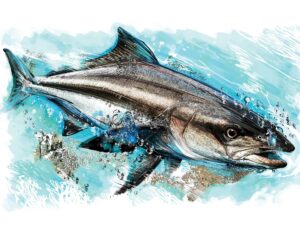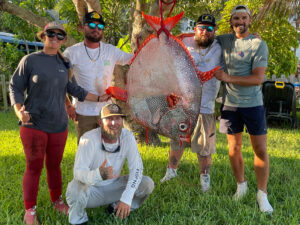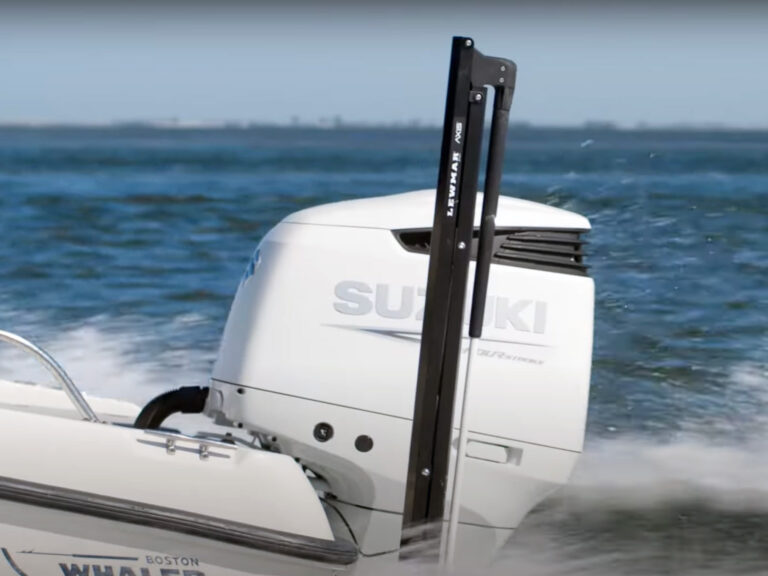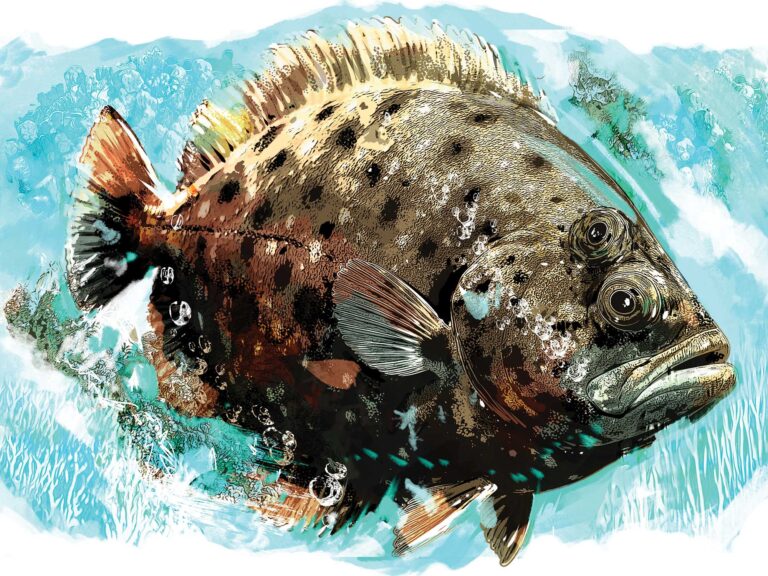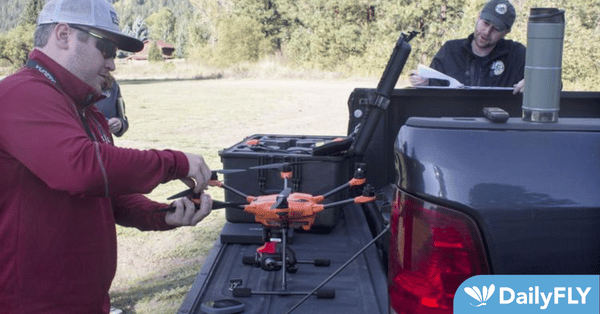
Drone technology has taken over much of the skies in recent years, and it’s making a big move into fish and game conservation work, too. Drones fly fast and cover ground much easier than can humans wanting to sample fish and game habitats. This is especially true in rugged regions where salmon and some other species of fish spawn.
That’s why Washington State University (WSU) is working with the Washington Department of Fish and Wildlife (WDFW) to sample Chinook salmon in the state’s Upper Wenatchee River (located east of Seattle) from Sept. 23-26.
According to WDFW, researchers will do physical salmon counts, followed by drone flights to look at variables that influence where salmon spawn, such as gravel size, water temperature, and current flow. Data collected will help predict locations where Chinook salmon will spawn in the future in Tumwater Canyon near the town of Leavenworth, Washington.
Drone photos and videos will help locate salmon spawning sites and preferred fish habitats in the Upper Wenatchee River.
The drone flight research is part of Daniel Auerbach’s PhD dissertation at WSU’s School of Environment. Auerbach will pilot the drone over public lands during the salmon spawning site flights. He is studying the capabilities of drones to learn about subsurface river elements.
“My work with WDFW is to compare current methodologies and assess the feasibility of identifying and enumerating summer Chinook redds in the Wenatchee River,” he says.
He also worked with the Idaho Department of Fish and Game to identify spring Chinook and environmental impacts on image quality from drones.
“I am working with Dr. Daniel Schindler from the University of Washington in Alaska,” Auerbach continued. “Our current work is identifying individual sockeye for population estimates.”



